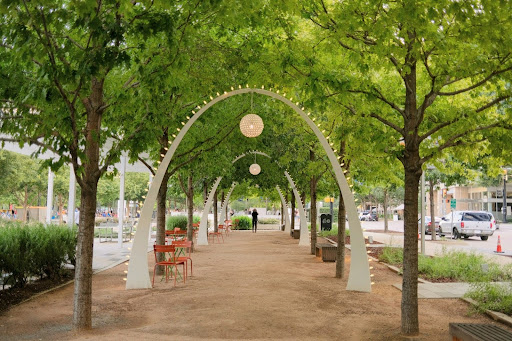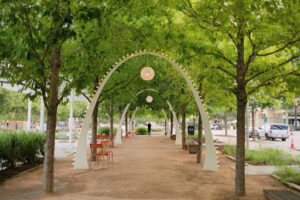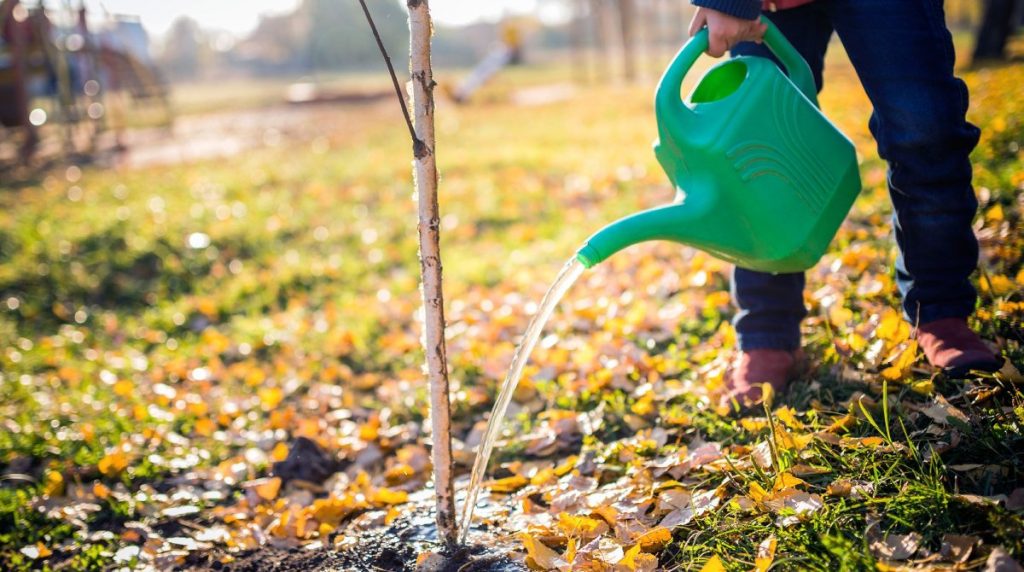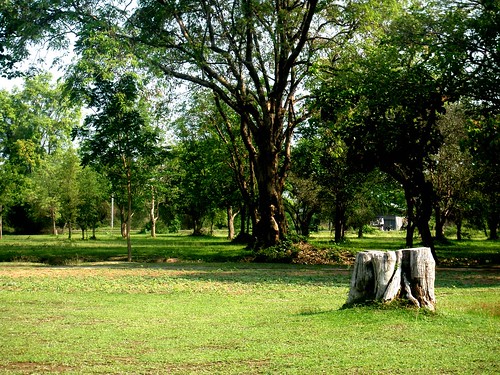
Date September 26, 2024
Dallas is known for its lush urban forests and scenic landscapes, but maintaining the health of these green assets requires more than just occasional attention. Proactive tree health monitoring is essential for ensuring that trees remain robust and continue to enhance the city’s environment. This approach not only supports the longevity of trees but also contributes to the overall well-being of the urban ecosystem. Let’s explore the benefits of proactive tree health monitoring and the methods that can help keep your landscape in top shape.
How to Proactively Manage Your Trees
Image via Unsplash by Nathan Guzman
Proactive tree management involves regular and systematic monitoring of tree health to address potential issues before they escalate. Some methods to consider incorporating into your tree management strategy include:
- Regular inspections: At least twice a year—ideally in spring and fall—check items like leaf and branch health for discoloration, spots, or damage. Also, inspect bark for cracks, peeling, or sap oozing, along with any abnormal growth patterns.
- Pruning and trimming: Remove dead or diseased branches to prevent disease spread, enhance air circulation to reduce fungal infections, and improve tree structure and shape to avoid weaknesses. Use clean, sharp tools and proper techniques to avoid extra damage.
- Mulching: Retain soil moisture and reduce evaporation by adding a two to four-inch layer of mulch around the tree’s base. This can help improve soil quality and suppress weeds that compete for nutrients and water.
- Fertilizing: Support growth with essential nutrients like nitrogen, phosphorus, and potassium. Fertilize once or twice a year, following recommended rates to avoid harm.
- Watering: When you water your tree, water deeply and infrequently to encourage strong root growth. Monitor soil moisture and adjust watering based on weather conditions to avoid over-watering as this can result in root rot.
- Pest and disease management: Identify common pests and diseases early for timely intervention. Use integrated pest management strategies and consult with a certified arborist for advice to help you use the right strategies for the right problem.
Benefits of Proactive Tree Health Monitoring
Trees that receive regular attention are less likely to succumb to diseases and pests. By addressing issues early, you give your trees the best chance to thrive and maintain their health over the long term. Healthy trees can also significantly enhance the visual appeal of any property. Proactive care ensures that trees are well-maintained, which contributes to a well-groomed landscape.
Proactive monitoring reduces potential health and safety risks associated with trees. Regular inspections help identify potential hazards such as weakened branches or structural issues before they become serious problems. This early detection minimizes the risk of tree-related accidents, such as falling branches during storms, which can cause property damage or personal injury.
Implementing a proactive approach to tree management not only preserves the beauty and functionality of Dallas’s urban forests but also fosters a safer and more aesthetically pleasing environment for everyone. So, whether you’re managing a private garden or overseeing city greenspaces, make proactive tree health monitoring a priority to ensure that Dallas’s trees continue to thrive and enhance the cityscape for years to come. If you want expert advice when it comes to keeping your trees healthy, give the experts at TreeNewal a call.








